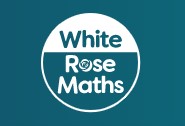Maths
What do students at Millfields say about Maths?
“My teacher is basically like a mathematician so they just show us the strategies and then we learn, just like that.”
“I like Maths because it’s really tricky, hard and fun”
“Our teacher challenges us everyday”
“It’s fun, we learn so much!”
Being a mathematician at Millfields
At Millfields, we develop confident mathematicians, who approach maths which a sense of curiosity and excitement. We enable our children to reason, problem solve and follow lines of enquiry with the firm belief that every child has the potential to achieve. We do this by ensuring Maths is taught daily across the school using the mastery approach to drive the teaching and learning of mathematics.
Please click here to find out more about the mastery approach.
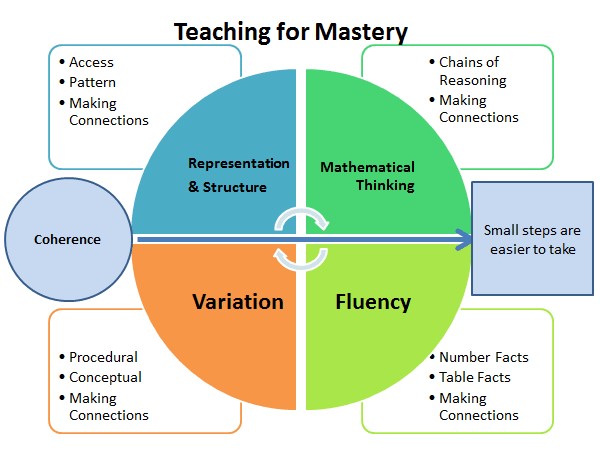
To help us achieve depth of understanding and mastery, we use the Concrete-Pictorial-Abstract model when planning and delivering lessons and we drive our teaching and learning, focusing these key principles:
- to be fluent in the fundamentals of mathematics - quick recall and application of knowledge
- to reason mathematically (justify, generalise and explain why
- to problem solve, to be independence and resilience and develop secure mathematical vocabulary.
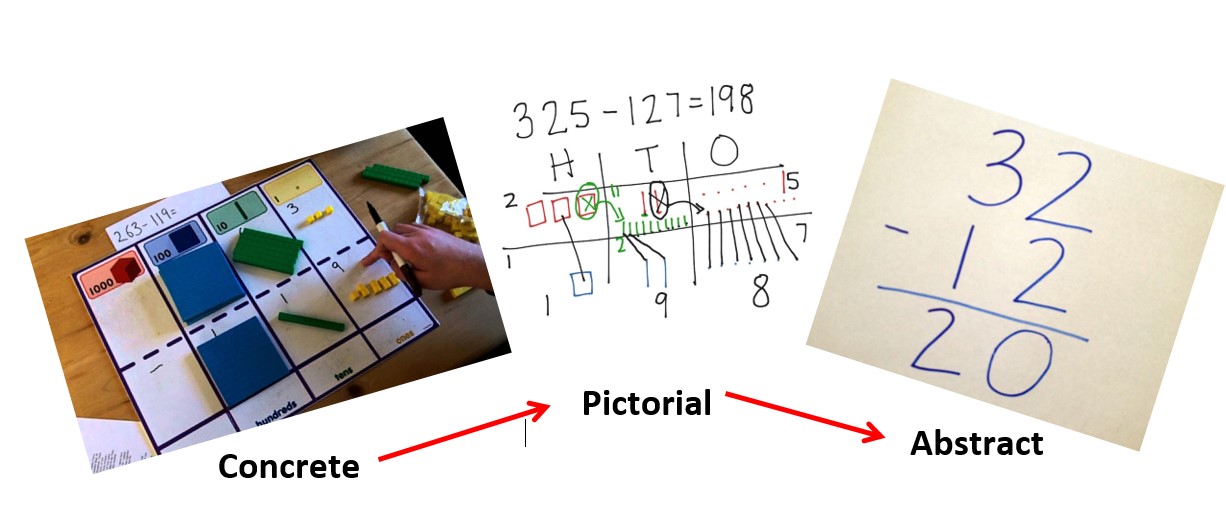
If you would like more information on the CPA approach, please click the link below https://www.theschoolrun.com/what-is-the-concrete-pictorial-abstract-approach-in-maths
How maths is taught at Millfields
At Millfields we follow the White Rose scheme of learning (click on the icon to find out more) to deliver our Maths curriculum which underpins the mastery approach. The White Rose scheme of learning provides each year group with an overview, breaking learning into small steps objectives. Using this scheme, teachers are constantly reflecting on lessons taught and adapting them to meet the needs of the children so please bear that in mind when looking through the documents below as the duration or sequence might change.
Please click to see an overview Rec Y1 Y2 Y3 Y4 Y5 Y6
Click here to view the scheme and free resources available from White Rose: https://whiterosemaths.com/resources/primary-resources/primary-sols/
For FAQs about the White Rose scheme of learning, please click here: https://whiterosemaths.com/advice-and-guidance/faqs#parents
Mathematical Vocabulary
As part of developing depth in Mathematics, we focus on the importance of key accurate mathematical vocabulary. This helps children explain their thinking when undertaking reasoning and problem solving tasks. Please click on the pictures for copies of school vocabulary cards and mathematical vocabulary support sheet to your child at home.
Concrete Resources
Mathematical concepts can sometimes be quite abstract. In order to support children’s conceptual understanding, different resources are used in maths lessons across the school. A number of resources are used for different maths domains, but the resources below are the main ones used by each year group. This ensures consistency across year groups and progression in the use of more abstract resources (eg: place value counters where the same sized counter represents different values).
Numicons are mainly used by reception and years 1 and 2. Each Numicon represents a different number (1 to 10). Children can count the circles and recognise the shapes and colours of different number representations. They might notice that odd numbers have an ‘extra bit that sticks out’ and even numbers don’t, and that a 4 Numicon and a 6 Numicon fit perfectly together to make a 10 Numicon (4 + 6 = 10). Children use their understanding of Numicons when they move onto using Ten frames to carry out simple calculations.
![]()
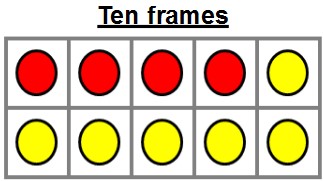
Dienes are mainly used by years 3 and 4. Each diene block represents ones, tens, hundreds or thousands and is a different size; they help children understand the base ten counting system and bring to life the relationship between ones, tens, hundreds and thousands. They can be used to reinforce children’s understanding of place value and help them when using all four operations (+, -, X and ÷).
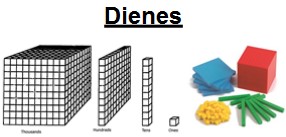
Place value counters are mainly used by years 4, 5 and 6. These are similar to dienes in that they represent ones, tens, hundreds or thousands, however each counter is the same size and has its value written on it instead. These are usually used on place value mats when comparing numbers or carrying out one of the four operations. As children start to explore and use larger numbers (beyond 1000), they move onto using plain counters.

Please click for copies of some of the resources used across the school.
R: fingers diagrams blank ten frames
Y1: ten frames teens & tens cards tally images part part whole numicons
100 squares blank ten frames blank clock faces number tracks
Y2: blank ten frames 100 squares blank number lines comparing numbers part part whole
Y3: blank number lines place value grid hundred square
Y4: blank number lines place value grid muliplication grid hundred sq & roman num. fraction wall
Y5: place value grid
Y6 place value grid venn diagram
Enrichment in Maths at Millfields
In order to fuel our students’ sense of excitement around maths, we have a dedicated maths week once per year. During this week, students are given the opportunity to engage in hands-on investigative tasks to further enhance their love for the subject. Children’s problem solving skills are developed by: fostering a creative approach to problem solving; encouraging collaboration; supporting rich discussion; and allowing meaningful mistakes to happen through exploration. In 2021, our Maths Week theme was creative thinking through geometry.
Home Learning: Maths Whizz & Times Tables Rockstars
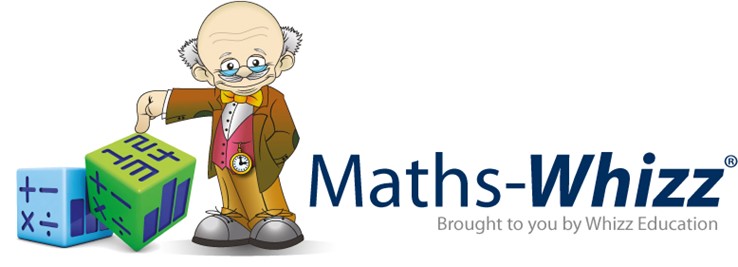
Maths Whizz is used as a home/school learning programme for Maths from Year 1 to Year 6. Maths Whizz assesses and adapts to support your child’s curriculum needs; the recommended usage is at least 30 minutes a week. When appropriate, teachers will set weekly topics which address misconceptions and introduce new topics.
Children who need more time to absorb maths concepts should use Maths-Whizz for at least 90 minutes a week. 96% of children advance their maths ages by more than 1 year in 12 months of usage, with an average maths age improvement of more than 2 years.
For most children, spending 45 to 60 minutes per week with Maths-Whizz, will see an average of between 1.3 and 1.6 years’ improvement in Maths over 12 months.
Please see the link below to access Maths Whizz:
If you would like more information or supporting accessing Maths Whizz, please access the documents below:
Maths Whizz Parent Workshop Maths Whizz Parent Letter
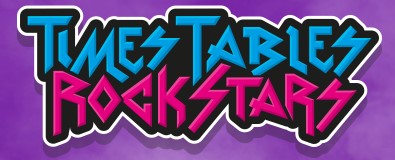
Times table Rockstars is used as a home/school learning programme from Year 3 to Year 6 which develops children’s times table fluency. There are a range of activities that are engaging and challenge children to recall facts quickly and efficiently. Teachers set weekly times table challenges which are sometimes focused on particular multiplications facts. Times table Rockstars is particularly useful for children in years 3 and 4 as a tool for preparation for the Year 4 Multiplication assessment check.
Please see the link below to access Times table Rockstars
If you would like more information or supporting accessing Times table Rockstars, please access the documents below:
TTRockstars Parent Workshop TTRockstars Parent Letter
For more information on the Multiplication assessment check please click here
Parent Workshops
Please look out for Parent Workshop notifications throughout the year.
Useful Websites
Maths Whizz (check with your child or teacher for log in details)
Times table Rockstars (years 2 to 6 pupils have individual log in details)
The school Run (Mathematical vocabulary for parents)





